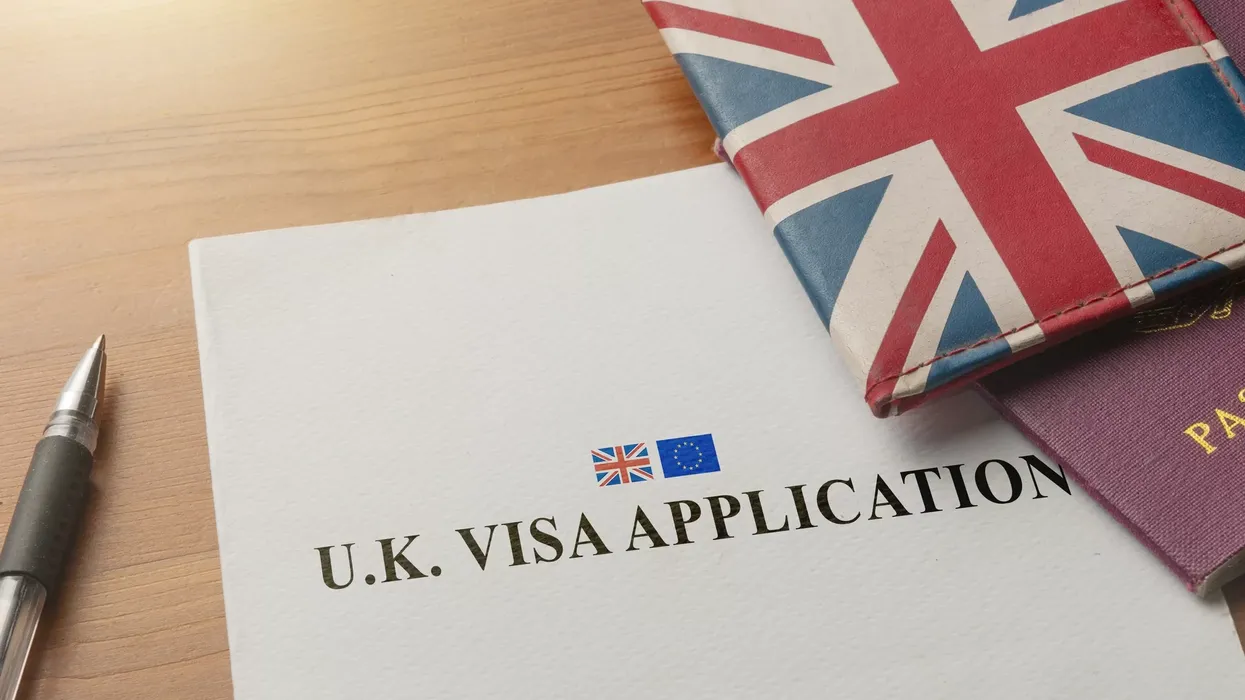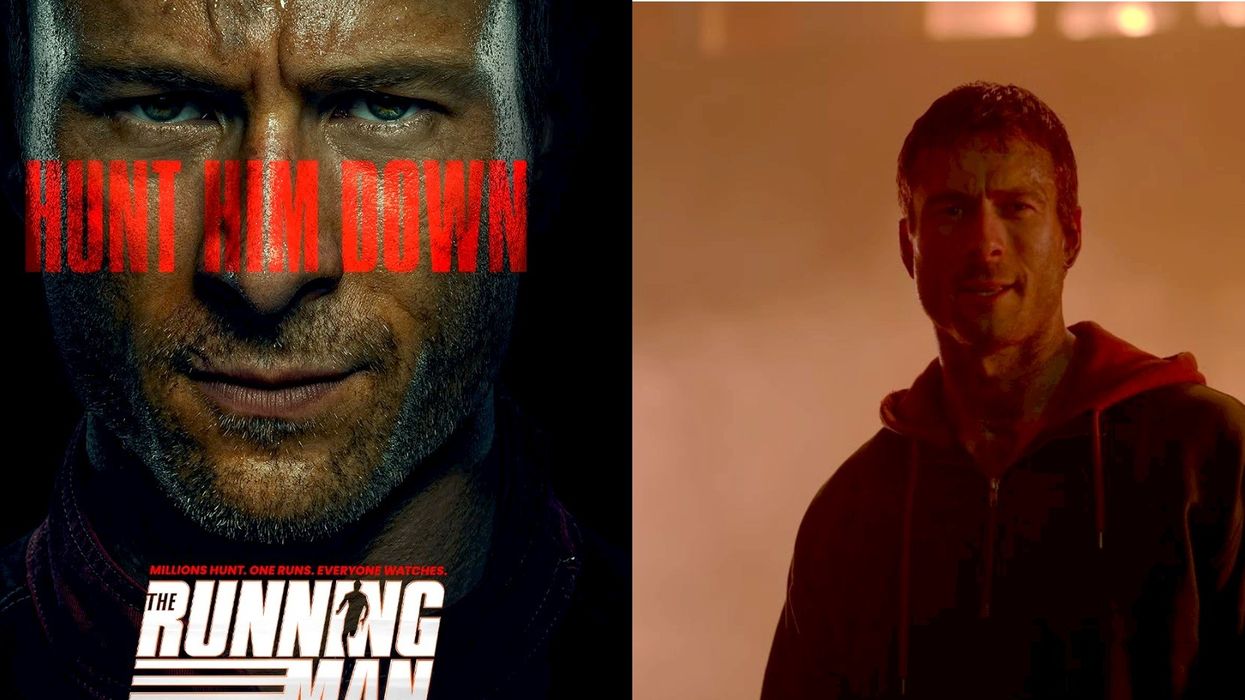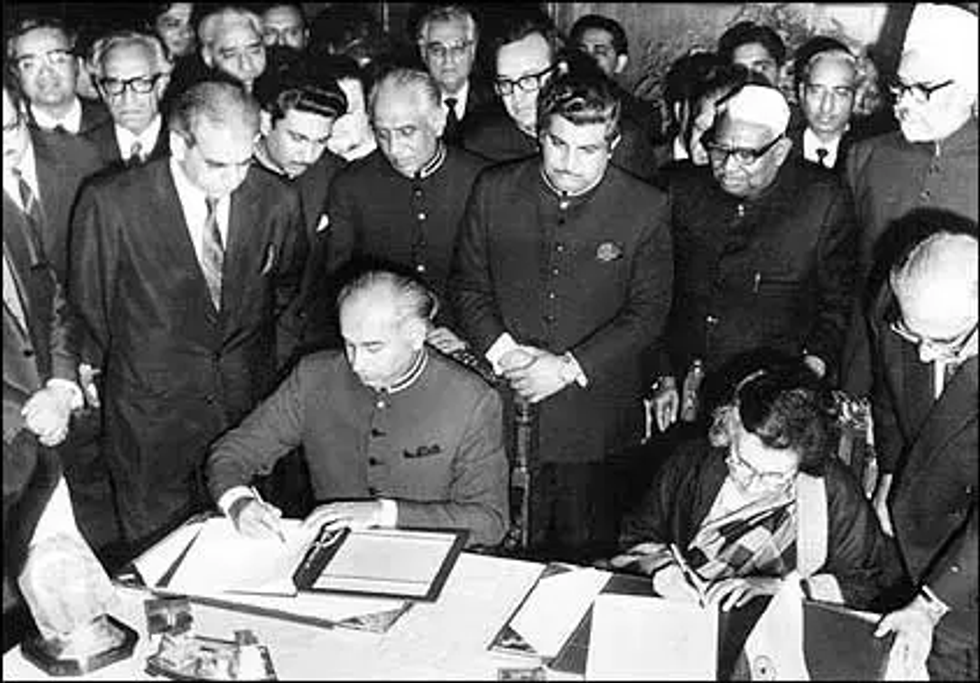By Sunder Katwala
Director, British FutureWHAT Britain needs is a conversation about race, not a shouting match. So, the public debate about the Race and Ethnic Disparities Commission has hardly got off to a good start.
The commission’s announcement was greeted it with “inquiry fatigue” – did we need another review?
Writing in Eastern Eye last summer, I felt this commission could move us from talk to action on race but set it three tests of success.
First, could it deepen public understanding of where are now? Second, could it build consensus on key priorities for change, or just reinforce the trenches in which existing debates often get stuck? Third, could it speed up change, combining a long-term vision with significant changes that could happen within 12 months?
It may yet contribute to the first – if people get beyond the spin and counter-spin to the content. There is considerably more evidence of institutionalised disparities in the report itself than in Tony Sewell’s interviews about what it has found.
The commission did shift the topline narrative of the 2018 race disparity audit – from “burning injustices” to “beacon Britain” – yet contains a similar, largely familiar account: of accelerating ethnic minority success in education, of narrowing gaps but disparities in employment for different groups; but disappointingly slow progress on diversity in the boardroom. Its analysis of how to think about why ethnic minorities were hardest hit by the Covid pandemic was its least persuasive section.
The commission has certainly not depolarised the race debate. It offers a black Conservative counter-narrative to the left’s account of race in Britain. Now that ethnic diversity is a new norm across political parties, we are hearing a more contested argument between competing ideas of race in Britain – and what to do about it.
Yet almost nobody seems to be talking about the report’s recommendations, beyond the widely shared observation that the “BAME” label can lump too much together. The commission itself seemed to treat its own action plan as some kind of state secret, kicking off the debate with its headline verdict of progress, without publishing the analysis, nor revealing what its 24 recommendations were.
Though its agenda is fairness for all, the Sewell Commission is clearly thinking primarily about how the black British story fits into the increasingly complex pattern of opportunity and disadvantage, reflecting that it was convened in response to the Black Lives Matter protests. Its 258 pages do not attempt a comprehensive account of race in Britain in 2021. There is nothing on Gypsy, Roma and Traveller communities, the most disadvantaged group in education. The broad public consensus that British Muslims are the minority group who face most prejudice is not addressed.
Neither the courts system nor the role of race in the immigration system were considered. Surprisingly, the rise of mixed-race Britain, which will become the largest minority ‘group’ during the 2020s is not mentioned, though it could have reinforced the commission’s positive narrative about change.
British Asian perspectives can get sidelined when the race debate heats up. British Future’s research finds that British Asians tend to be balancers on race – 39 per cent see the country as systemically racist and 31 per cent disagree, though many find that stark question lacks any nuance, while 56 per cent of black British responses and 28 per cent of white respondents find that label a fair one.
Most British Asians supported the Black Lives Matter protests, recognising the specific barriers faced by black Britain, while seeking the constructive agenda for fairness for all that could defuse so-called “culture war” clashes. That reflects the lived experience of this generation with wider opportunities than their parents and wanting to focus on what still needs to change.
The commission’s critics wanted to hear stronger language about institutional racism, but that needs a focused agenda to change it. Soundbites calling for previous inquiry recommendations to be implemented add up to a pretty thin agenda beyond the criminal justice system.
The Sewell Commission itself could have found more common ground had it promoted its agenda for change, not just its optimistic story of the journey so far. Its recommendations, while incremental, could make a significant difference if they are implemented well.
High-quality curriculum resources that put ethnic minority contributions into textbooks are overdue. When ethnic minority candidates have to put in 60 per cent more applications to get the same number of interviews, it must be time to start properly evaluating what works and what does not in tackling unconscious bias.
The policing chapter is the strongest section of the commission report– to challenge every major force to significantly accelerate progress towards reflecting the communities it serves. More resources to the EHRC [Equality and Human Rights Commission] to intervene on race – and pressure on social media companies to act on abuse would command a consensus too.
We have seen again how we can disagree on how we talk about race. Less talk and more action is the way to change that.
















 David Beckham wearing a David Austin Roses "King's Rose" speaks with King Charles III during a visit to the RHS Chelsea Flower Show at Royal Hospital Chelsea on May 20, 2025Getty Images
David Beckham wearing a David Austin Roses "King's Rose" speaks with King Charles III during a visit to the RHS Chelsea Flower Show at Royal Hospital Chelsea on May 20, 2025Getty Images

 Kurukshetra battlefield illustration
Kurukshetra battlefield illustration
 Chanakya
Chanakya  Shimla Agreement
Shimla Agreement Kargil War 1999
Kargil War 1999
Ending racial bias ‘needs less talk and more action’